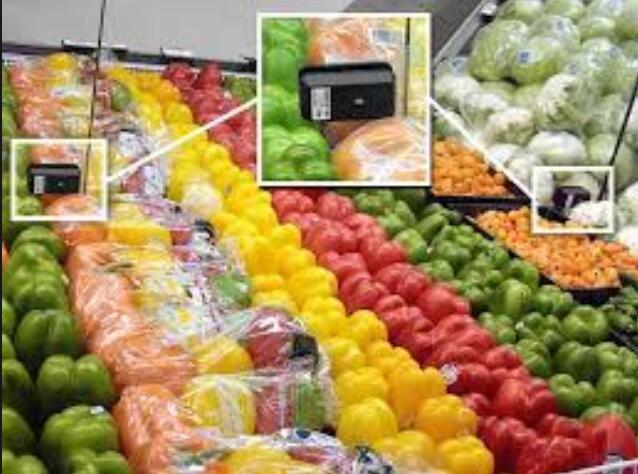
Program Requirements
The Food Quality and Safety Traceability System is an information management system that connects production, inspection, supervision and consumption to enable consumers to understand the production and distribution processes that are consistent with health and safety and to improve consumer confidence.
Food poisoning, mad cow disease, foot-and-mouth disease, avian flu and other livestock diseases, and the proliferation of imported agricultural products, such as the surge in imported food materials, have occurred frequently, seriously affecting people's health and causing widespread concern around the world.
Food traceability relies on network technology and database technology to achieve information fusion, query, monitoring, and provide reasonable decision-making for each piece of goods safety, food ingredient source and inventory control for each production stage and distribution to the final consumption field. Implement food safety early warning mechanisms. Production, processing, circulation, consumption, all processes, strict control of the whole process, the establishment of a complete industrial chain food safety control system, to ensure the provision of quality assured food to the community, and to ensure high-quality data exchange in the supply chain, so that food The industry thoroughly implements source tracking of food and provides complete transparency in the food supply chain.
Technical Deployment
RFID / bar code sensor or other tracking sensor, reading link information to trace food information, food safety and traceability, standardizing food production, processing, circulation and consumption, rice, flour, oil, meat, dairy products, etc. All foods are issued with an “electronic ID card” - all electronic tags are attached, and a food safety database is established, which is affixed from the food growing and production process to track and trace the entire process from farm to table, including transportation. All information in the process of circulation, packaging, packaging, sales, etc., such as production bases, processing enterprises, distribution companies, etc. can be found in the database through electronic tags.
Attach RFID or attach electronic information label on the product. After the product is processed, the label information is recognized, and the IoT / DTU of the Lhasa digital transmission terminal Lola / NB- is transmitted to the product trace source cloud server. The calculation organizes the data and presents it in the management system. The customer can present the security information of the client to all aspects of the product.
Program Advantage
1. The use of sensors to achieve the management of food safety and traceability, compared to the record file traceability method is efficient, real-time, and convenient.
2. Provide fully transparent management capabilities in the food supply chain to ensure food safety visual control, monitoring and traceability, and recall of problem foods.
3. It can comprehensively monitor the pollution of planting source, the additives in the production process and the harmful substances, and the safety hazards in the circulation.
4. It can provide a basis for effective assessment and scientific warning of possible food safety hazards.
5. Data can be real-time and accurately submitted through the network, which is convenient and efficient for deeper analysis.
6. Through the network, consumers can query the complete tracking information of the purchased food.
Scene Application
The system can be widely used in agriculture, forestry, fishing, animal husbandry, sub-category food safety traceability management, applicable to grain and oil food, livestock and poultry food, fruit and vegetable food, aquatic food, condiment, dairy products, convenience food, infant food, Food additives, beverages, cosmetics, health foods, etc.